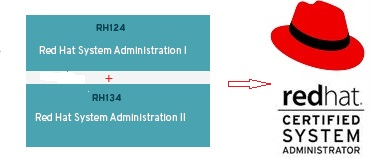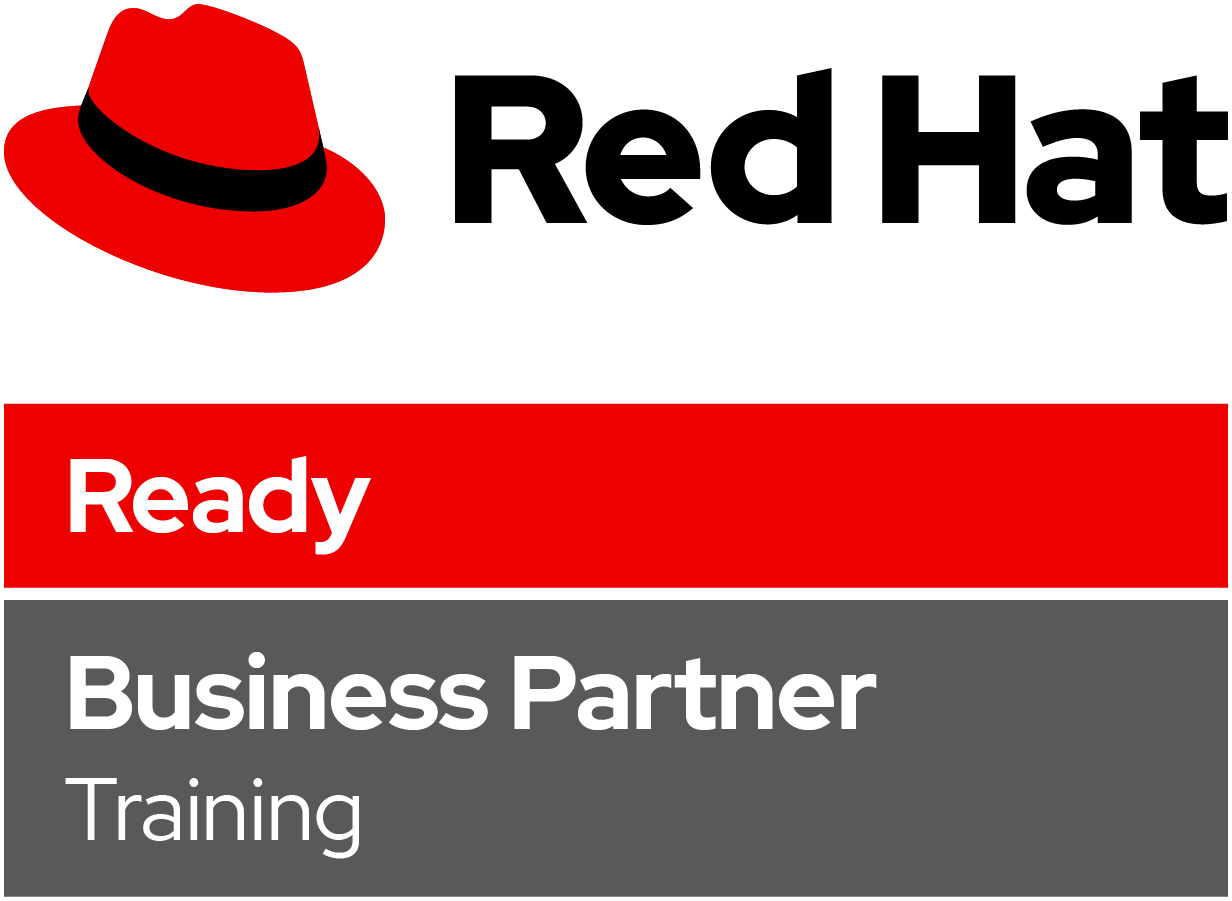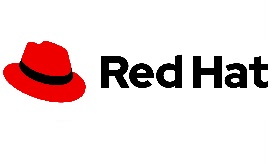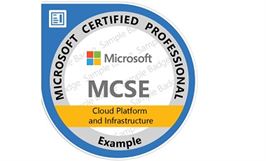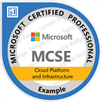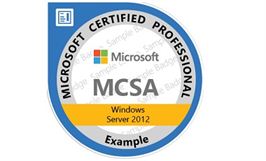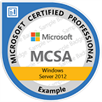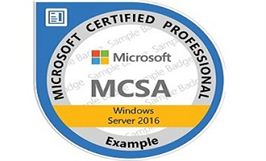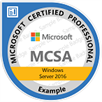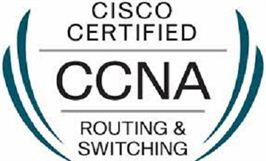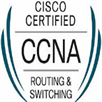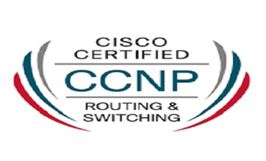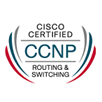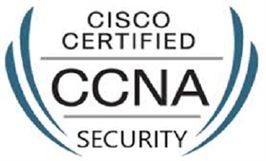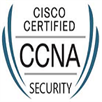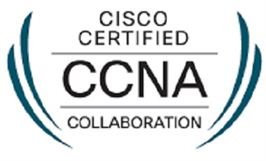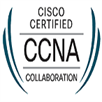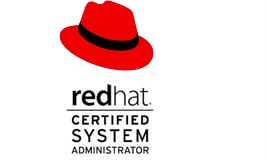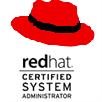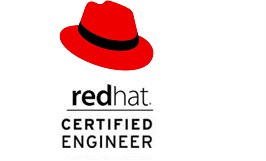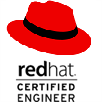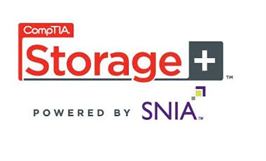About the Training
Red Hat System Administration I provides a foundation for students wishing to become full-time Linux system administrators by introducing key command line concepts and other enterprise-level tools.
Course Duration
30 Hrs
At course completion
After attending this course, you should be able to perform essential Linux administration tasks, including installation, establishing network connectivity, managing physical storage, and basic security administration.
You should be able to demonstrate these skills:
- Access the command line
- Manage files from command line
- Create, view, and edit text files
- Manage local Linux users and groups
- Monitor and manage Linux processes
- Control services and daemons
- Control access to files with Linux file-system permissions
- Analyze and store log files
- Configure and secure the OpenSSH service
- Install and update software packages
- Access Linux file systems
- Manage Linux networking
Course Outline
Log in to a Linux system and run simple commands using the shell.
Copy, move, create, delete, and organize files from the bash shell prompt.
Resolve problems by using online help systems and Red Hat support utilities.
Create, view, and edit text files from command output or in an editor
Manage local Linux users and groups, and administer local password policies
Set Linux file system permissions on files and interpret the security effects of different permission settings
Obtain information about the system, and control processes running on it.
Control and monitor network services and system daemons using systemd
Access and provide access to the command line on remote systems securely using OpenSSH
Configure basic IPv4 networking on Red Hat Enterprise Linux systems.
Archive files and copy them from one system to another.
Download, install, update, and manage software packages from Red Hat and yum package repositories.
Access and inspect existing file systems on a Red Hat Enterprise Linux system.
Create and use Red Hat Enterprise Linux virtual machines with KVM and libvirt
Practice and demonstrate the knowledge and skills learned in this course.
About the Training
This course is specifically designed for students who have completed Red Hat® System Administration I (RH124). Red Hat System Administration II (RH134) focuses on the key tasks needed to become a full time Linux administrator. This course goes deeper into enterprise Linux administration including file systems and partitioning, logical volumes, SELinux, firewalling, and troubleshooting. Attending both Red Hat System.
Course Duration
At course completion
As a result of attending this course, students should be able to perform the key tasks needed to become a full-time Linux administrator. Students will be introduced to more advanced administrative topics, such as storage management using LVM, SELinux management, and automated installation. This course goes deeper into enterprise Linux administration, including file systems and partitioning, logical volumes, SELinux, firewall configuration, and troubleshooting.
Students should be able to demonstrate the following skills:
- Automate installations using Kickstar.t
- Manage file systems and logical volumes.
- Manage scheduled jobs.
- Access network file systems .
- Manage SELinux.
- Control firewalls.
- Perform troubleshooting tasks.
Course Outline
Automate installation with Kickstart
Automate the installation of Red Hat Enterprise Linux systems with Kickstart.
Use regular expressions with grep
Write regular expressions that, when partnered with grep, will allow you to quickly isolate or locate content within text files.
Create and Edit text files with vim
Introduce the vim text editor, with which you can open, edit, and save text files.
Schedule future Linux tasks
Schedule tasks to automatically execute in the future.
Manage priority of Linux processes
Influence the relative priorities at which Linux processes run.
Control access to files with access control lists (ACL)
Manage file security using POSIX access control lists.
Manage SELinux security
Manage the Security Enhanced Linux (SELinux) behavior of a system to keep it secure in case of a network service compromise
Connect to network-defined users and groups
Configure systems to use central identity management services
Add disks, partitions, and file systems to a Linux system
Manage simple partitions and file systems.
Manage logical volume management (LVM) storage
Manage logical volumes from the command line.
Access networked attached storage with network file system (NFS)
Access (secure) NFS shares.
Access networked storage with SMB
Use autofs and the command line to mount and unmount SMB file systems
Control and troubleshoot the Red Hat Enterprise Linux boot process
Limit network communication with firewall
Configure a basic firewall.
Comprehensive review
Practice and demonstrate knowledge and skills learned in this course
About the Training
The RHCSA Rapid Track course (RH200) relates to Red Hat® Enterprise Linux® 7 and is designed for students who already have significant experience with Linux administration. The course reviews the tasks covered in Red Hat System Administration I (RH124) and II (RH134) at an accelerated pace.
Course Duration
At course completion
On completion of course , students should be prepared to take the Red Hat Certified System Administrator (RHCSA) exam. This version of the course includes the exam.
Note: This course builds on a student's existing understanding of command-line based Linux system administration. Students should be able to execute common commands using the shell, work with common command options, and access man pages for help. Students lacking this knowledge are strongly encouraged to take Red Hat System Administration I (RH124) and II (RH134) instead.
Course Outline
Accessing the command line
Log in to a Linux system and run simple commands using the shell.
Managing files from the command line
Work with files from the bash shell prompt.
Managing local Linux users and groups
Manage Linux users and groups and administer local password policies.
Controlling access to files with Linux file system permissions
Set access permissions on files and interpret the security effects of different permission settings.
Managing SELinux security
Use SELinux to manage access to files and interpret and troubleshoot SELinux security effects.
Monitoring and managing Linux processes
Monitor and control processes running on the system.
Installing and updating software packages
Download, install, update, and manage software packages from Red Hat and yum package repositories.
Controlling services and daemons
Control and monitor network services and system daemons using systemd.
Managing Red Hat Enterprise Linux networking
Configure basic IPv4 networking on Red Hat Enterprise Linux systems.
Analyzing and storing logs
Locate and interpret relevant system log files for troubleshooting purposes.
Managing storage and file systems
Create and use disk partitions, logical volumes, file systems, and swap spaces.
Scheduling system tasks
Schedule recurring system tasks using cron and systemd timer units.
Mounting network file systems.
Mount network file system (NFS) exports and server message block (SMB) shares from network file servers.
Limiting network communication with firewalld
Configure a basic local firewall.
Virtualization and kickstart
Manage KVMs and install them with Red Hat Enterprise Linux using Kickstart.
